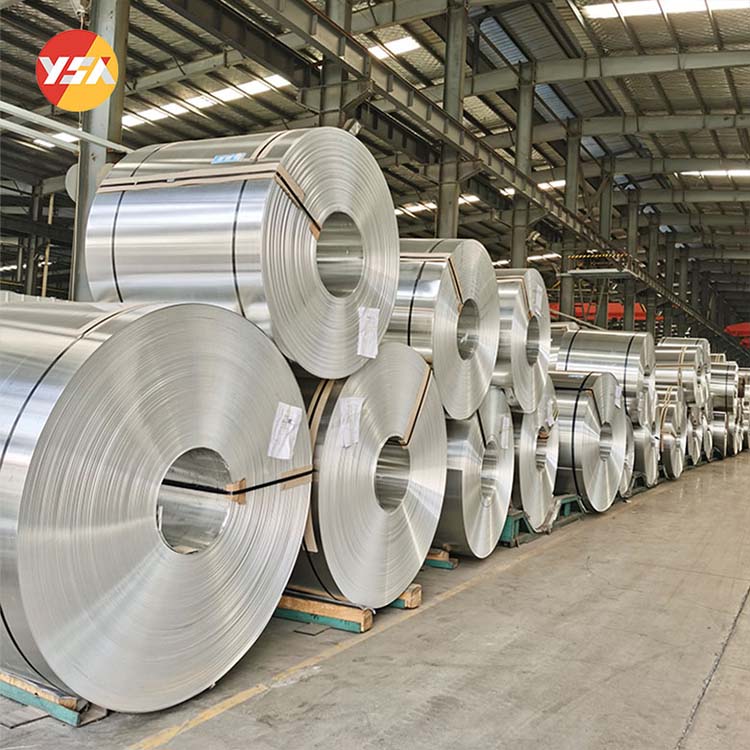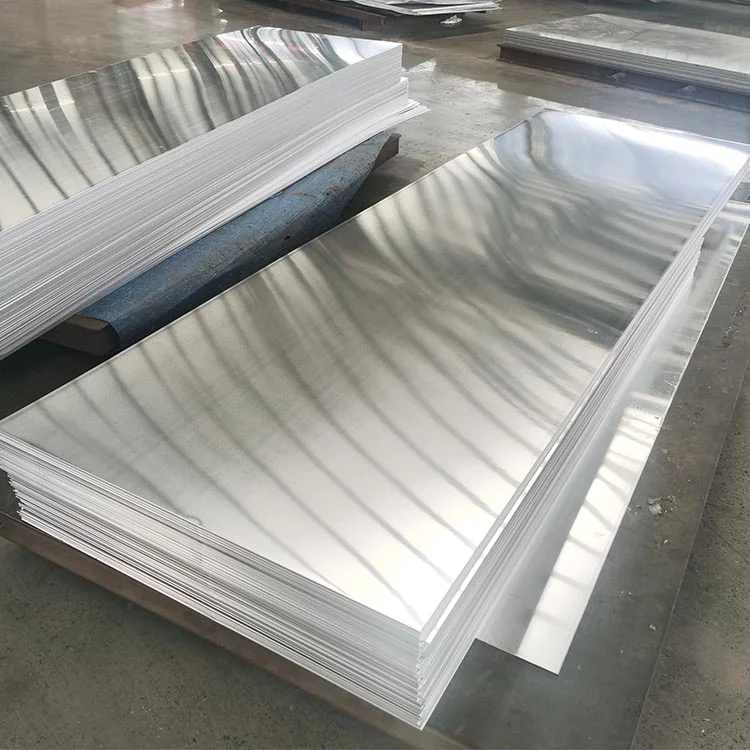[ad_1]
As one of the most fundamental processes in metal fabrication, sheet metal bending, also known as Piegatura Lamiera in Italian, is an essential skill for any metalworker. Whether you are a seasoned professional or a beginner in the metalworking industry, understanding the art of sheet metal bending is crucial for producing high-quality, precise metal parts.
In this article, we will explore the ins and outs of sheet metal bending, including the different types of bends, tools and techniques used, and tips for achieving accurate and consistent bends. So, let’s dive into the world of Piegatura Lamiera and uncover the secrets of sheet metal bending.
Types of Bends in Sheet Metal Bending:
Before we delve into the techniques of sheet metal bending, it is essential to understand the different types of bends that can be achieved with sheet metal. The three most common types of bends are:
1. V-Bend: A V-bend is a bend that forms a V-shaped angle in the sheet metal. This type of bend is typically achieved using a V-shaped die and a punch to press the metal into shape.
2. U-Bend: A U-bend is a bend that forms a U-shaped angle in the sheet metal. This type of bend is achieved by using a U-shaped die and a punch to shape the metal.
3. Offset Bend: An offset bend is a bend that creates an offset or step in the sheet metal. This type of bend is achieved by bending the metal at different depths to create the desired offset.
Tools and Techniques for Sheet Metal Bending:
To achieve accurate and consistent bends in sheet metal, it is important to use the right tools and employ the correct techniques. Here are some essential tools and techniques for sheet metal bending:
1. Press Brake: A press brake is a machine used to bend sheet metal. It consists of a flat table for placing the metal, a die with the desired bend shape, and a punch that presses the metal into the die to form the bend. Press brakes come in various sizes and capacities and are essential for producing precise bends in sheet metal.
2. Bending Brakes: Bending brakes are manual or hydraulic tools used for bending sheet metal by hand. They are ideal for bending small or thin sheets of metal and are commonly used in workshops and fabrication shops.
3. Roll Bending: Roll bending is a technique used to bend sheet metal by passing it through a series of rollers. This method is often used to create curved or rounded bends in the metal and is commonly used in the production of cylindrical or conical shapes.
4. Hammer and Anvil: For small or intricate bends, a hammer and anvil can be used to shape the metal by hand. By carefully hammering the metal against the anvil, precise bends can be achieved without the need for specialized tools.
Tips for Achieving Accurate Bends:
Achieving accurate and consistent bends in sheet metal requires practice, precision, and attention to detail. Here are some tips to help you achieve perfect bends every time:
1. Measure Twice, Cut Once: Before bending the metal, always double-check your measurements to ensure that the bend is in the right place and at the right angle. Accurate measurements are crucial for achieving precise bends.
2. Use the Right Tool: Selecting the right tool for the job is essential for achieving accurate bends. Ensure that you are using the correct die, punch, or bending brake for the type of bend you are trying to achieve.
3. Start with a Test Piece: Before bending your final piece of metal, always start with a test piece to ensure that your setup and technique are correct. This will help you avoid any mistakes on the actual part.
4. Use Proper Safety Gear: When working with sheet metal, always wear appropriate safety gear, such as gloves, goggles, and ear protection. Sheet metal can be sharp and produce loud noises during bending, so it is important to protect yourself.
In conclusion, the art of sheet metal bending is a fundamental skill for metalworkers of all levels. By understanding the different types of bends, tools and techniques used, and tips for achieving accurate bends, you can enhance your metal fabrication skills and produce high-quality metal parts. So, whether you are a beginner or an experienced metalworker, mastering the art of Piegatura Lamiera will open up a world of possibilities in the metalworking industry.
[ad_2]


